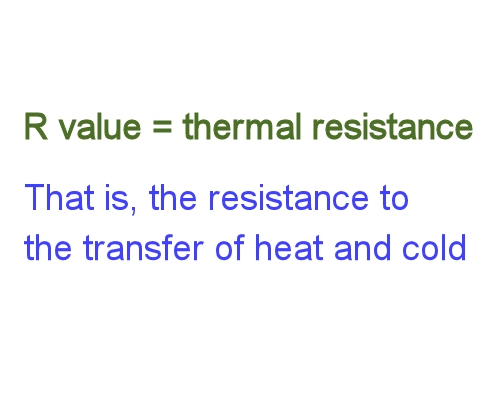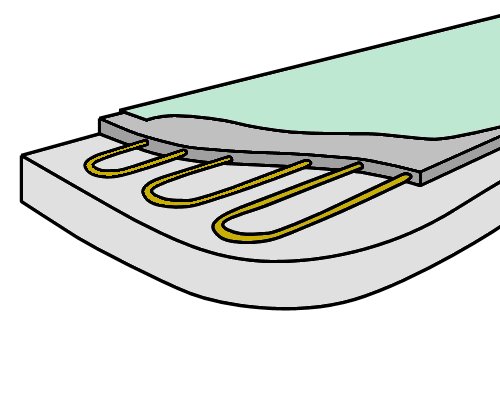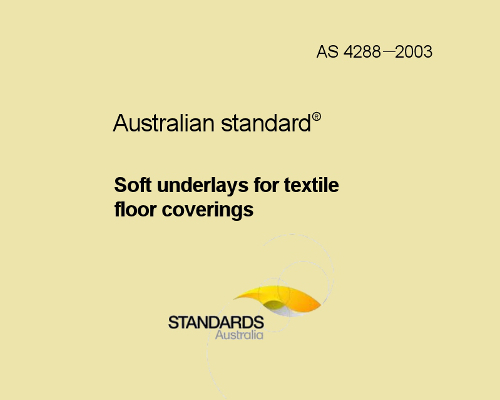Properties and classifications
| CARPET CUSHION UNDERLAY | |
|---|---|
| Designation | Description of intended use or application |
| LR | Light residential use, not suitable for stairs |
| GR | General residential use |
| L | Luxury use, domestic/commercial where high energy absorption is desirable |
| GC | General commercial use, suitable for normal foot and wheel traffic |
| HC | Heavy commercial use, suitable for heavy foot and wheel traffic and castor chairs |

Industry Network Training and Assessment Resourses
© 2023 Workspace Training










